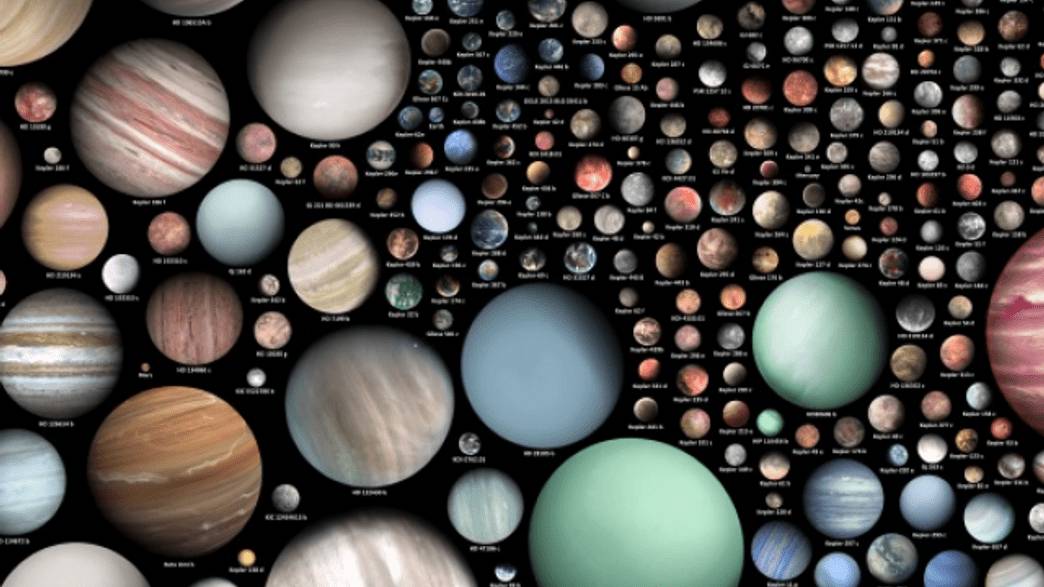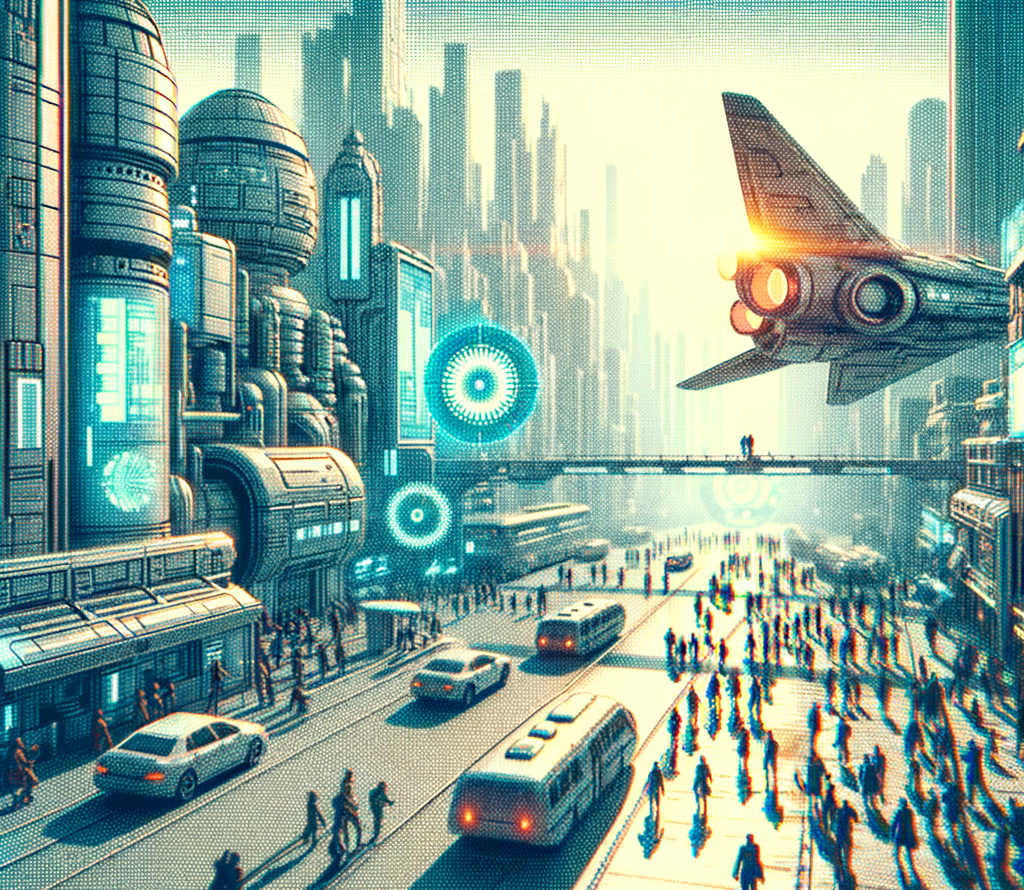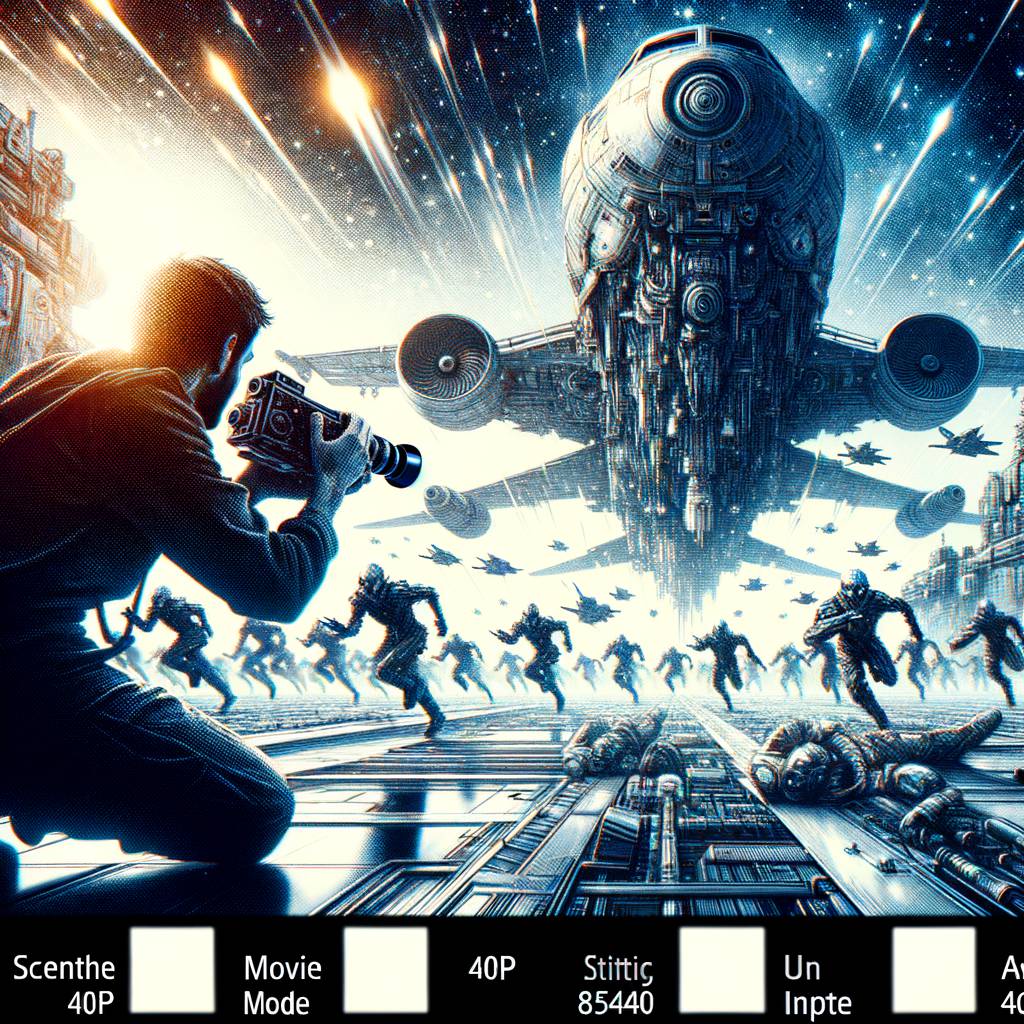Awakening Interest Through Science Fiction
Imagine learning about binary stars not through complex diagrams but through the captivating scene from Star Wars, where Luke Skywalker gazes upon the two suns of Tatooine. This image effortlessly kindles the interest of many, demonstrating how science fiction can be a powerful tool in engaging and educating audiences about scientific concepts.
The Bridge Between Fiction and Reality
Science fiction has long been a source of inspiration for scientists, sparking curiosity and driving many towards their careers in science. The genre’s ability to simplify and entertain makes it an excellent medium for conveying complex scientific ideas to the public. However, the accuracy of scientific representation in these stories often prompts discussion and analysis.
A recent study published in the Journal of Science Communication—JCOM delves into this topic, exploring how the portrayal of exoplanets in science fiction has evolved in response to advancements in scientific understanding. Researchers, including Emma Johanna Puranen from the University of St Andrews and Christiane Helling from the Austrian Academy of Sciences, have utilized Bayesian network analysis to examine 142 science fiction works spanning novels, films, television programs, podcasts, and video games.
The Shift in Exoplanet Representation
Exoplanets, or planets outside our solar system, are a staple in science fiction settings. Their depiction has undergone a notable transformation following the discovery of the first exoplanet orbiting a sun-like star in 1995. Before this discovery, science fiction frequently featured exoplanets as Earth-like and habitable, reflecting human-centric storytelling.
However, the vast array of exoplanets discovered by scientists—often vastly different from Earth and rarely within the habitable zone—has influenced science fiction narratives. These narratives have started to depict exoplanets as less Earth-like, incorporating more diverse and exotic environments, such as worlds covered in lava or experiencing diamond rain. This shift demonstrates science fiction’s responsiveness to scientific discoveries, with authors incorporating the latest findings into their imaginative worlds.
Conclusion: The Reflective Nature of Science Fiction
The study’s findings highlight the dynamic relationship between science fiction and scientific discovery. As our understanding of the universe expands, so too does the canvas of science fiction, offering new landscapes for storytelling. This interplay not only enriches the genre but also presents an opportunity for science communication, using fiction as a gateway to introduce complex concepts in an engaging manner.
Science fiction, therefore, serves as both a mirror and a window: reflecting the current state of scientific knowledge while opening up new worlds of possibility. Through the lens of stories like those set on the fictional Tatooine, readers and viewers can explore the frontiers of science, where imagination meets reality.



